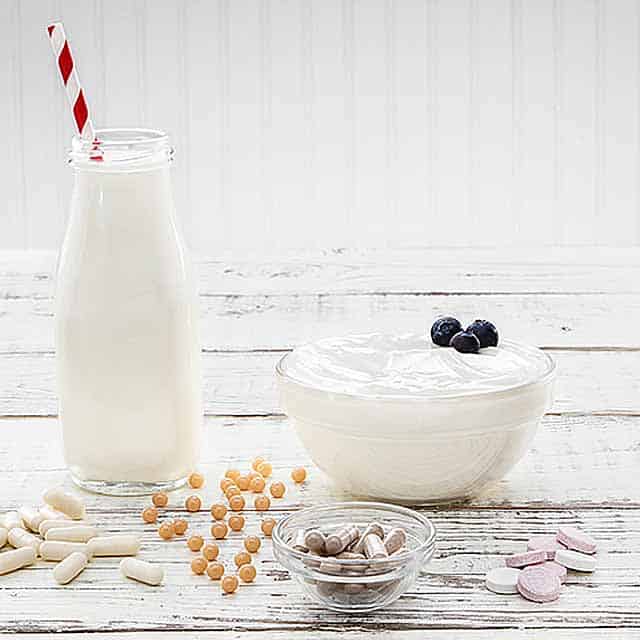Bacteria have a reputation for causing disease, so the idea of tossing down a few billion a day for your health might seem—literally and figuratively—hard to swallow. But a growing body of scientific evidence suggests that you can treat and even prevent some illnesses with foods and supplements containing certain kinds of live bacteria. More people are starting to consume these beneficial microorganisms, called
probiotics (from pro and biota, meaning “for life”).
Yogurt:
One of the most popular probiotic foods is live-cultured yogurt, but be sure to read the ingredients list, as not all yogurts are made equally. Look for brands such as Brown Cow, which include lactobacillus, acidophilus and other probiotic cultures.
Kefir:
Similar to yogurt, this fermented dairy product is a unique combination of milk and fermented kefir grains. It has a slightly acidic and tart flavor with a hint of bready-yeastiness (but that is usually more noticed in the smell than the taste). Kefir is similar to yogurt, but because it is fermented with yeast and more bacteria, the final product has more probiotics.

Sauerkraut:
Made from fermented cabbage and other veggies, sauerkraut is not only extremely rich in healthy live cultures, but also aids in reducing allergy symptoms. Sauerkraut—and the similar but spicy Korean dish, kimchi—is also loaded with immune-boosting vitamins that may help ward off infection.
Soft Cheese:
Goat’s milk and soft cheese are particularly high in probiotics, including thermophillus, bifudus, bulgaricus and acidophilus.
Dark Chocolate:
Probiotics can be added to high-quality dark chocolate, up to four times the amount of probiotics as many forms of dairy. This is only one of the health benefits of chocolate.
Miso Soup:
Miso is one the main-stays of Japanese traditional medicine that can really get your digestive system moving. Made from fermented rye, beans, rice or barley, adding a tablespoon of miso to some hot water makes an excellent, quick, probiotic-rich soup, full of lactobacilli and bifidus bacteria. Beyond its important live cultures, miso is extremely nutrient-dense.
Pickles:
Believe it or not, the common green pickle is an excellent food source of probiotics. When looking to pickles for probiotics, opt for naturally fermented varieties where vinegar wasn’t used in the pickling process. A sea salt and water solution encourages the growth of beneficial bacteria and may give sour pickles some digestive benefits.
Tempeh:
A great substitute for meat or tofu, tempeh is a probiotic-rich grain made from fermented soy beans. A great source of vitamin B-12, this vegetarian food can be sautéed, baked or eaten crumbled on salads. If prepared correctly, tempeh is also very low in salt, which makes it an ideal choice for those on a low-sodium diet.
Kombucha:
An acquired taste due to its sour flavor and fermented odor, kombucha has been around for more than 2,000 years and has a rich anecdotal history of preventing and fighting cancer, arthritis and other degenerative diseases. In fact, according to a
Los Angeles Times article, people with HIV made kombucha popular in the 1980s. People drank it to boost their immune systems, increase energy, improve their skin and nails and strengthen thinning hair. These health benefits have not been scientifically proven. However, research shows antioxidant properties in kombucha help boost immunity and energy levels. As a probiotic beverage, it may improve digestion.
Ready to try some of these delicious, good-for-you foods?
SHOP NOW


 VIEW ALL
VIEW ALL



